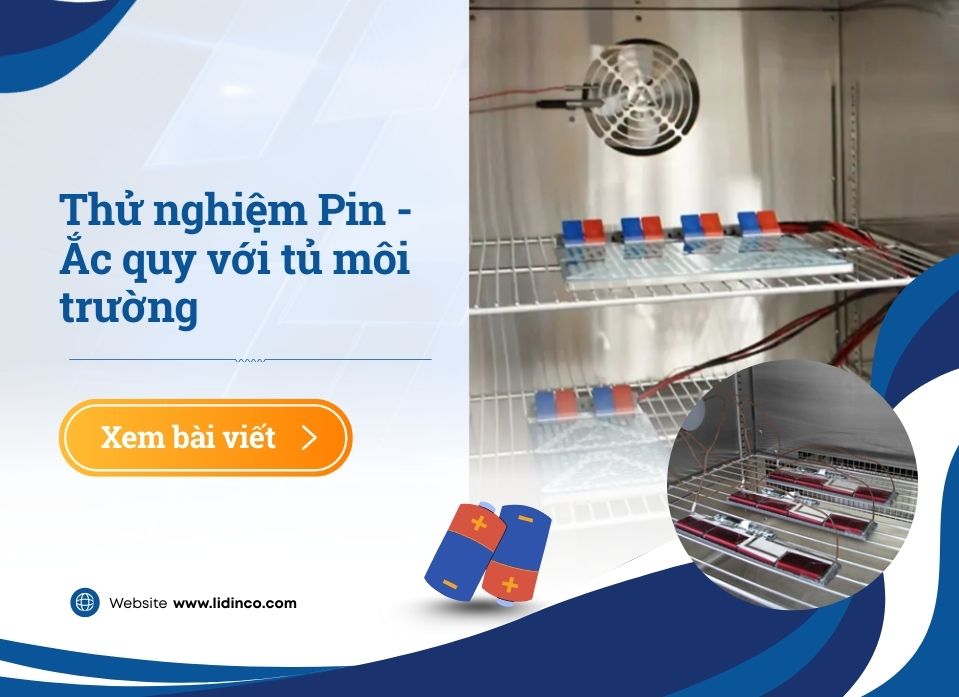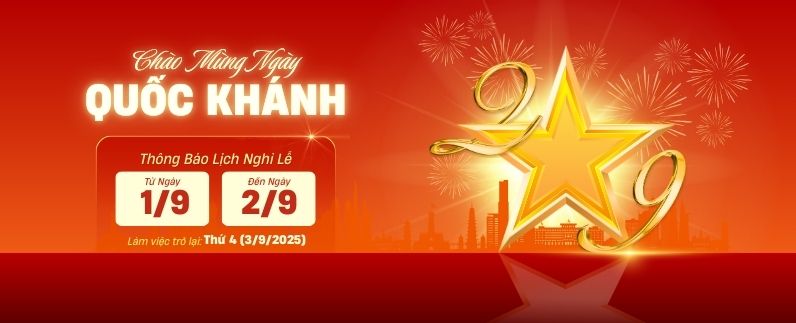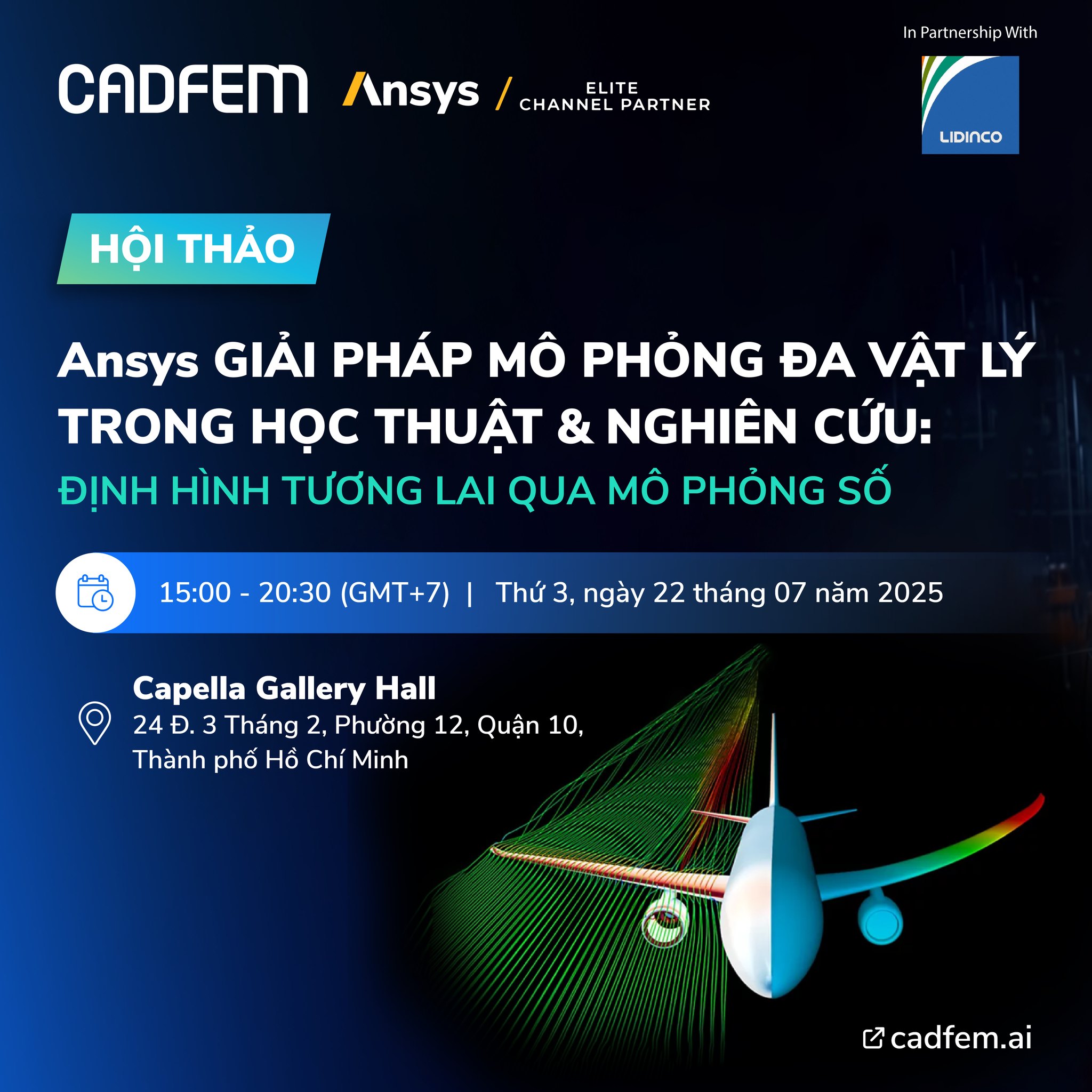Sonocat In-situ absorption measurements in room acoustics
Introduction
This document reports the in situ sound absorption coefficients for different walls in the congregation hall in a larger German City. The measurements were performed in collaboration with an engineering Company in Germany. The purpose of the room. The methods and measurements was to indicate how well the various surfaces absorb the sound in the room. The methods and measurement setup are presented in next section and the results are reported and compares and compared in section 3. Finally, the conclusion is given in section 4 and some appendices are added in section 5

Method and measurement setup
The in-situ sound absorption coefficients of different surfaces in the congregation hall have been measured by using the Sonocat (Figure 1). For these measurements the local plane wave (LPW-) assumption is used to estimate the incident and reflected sound intensity from which the sound absorption coefficients is detemined. The floor plan and surface projection of the congregation hall is shown in Figure 2 and some corner view pictures have been added to the appendix. An omni-directional loudspeaker was positioned in the middle of the room emitting broadband noise. The walls, doors, facede and ceiling (as indicated in the floor plan) have been measured be performing small scan measurements, see Figure 3
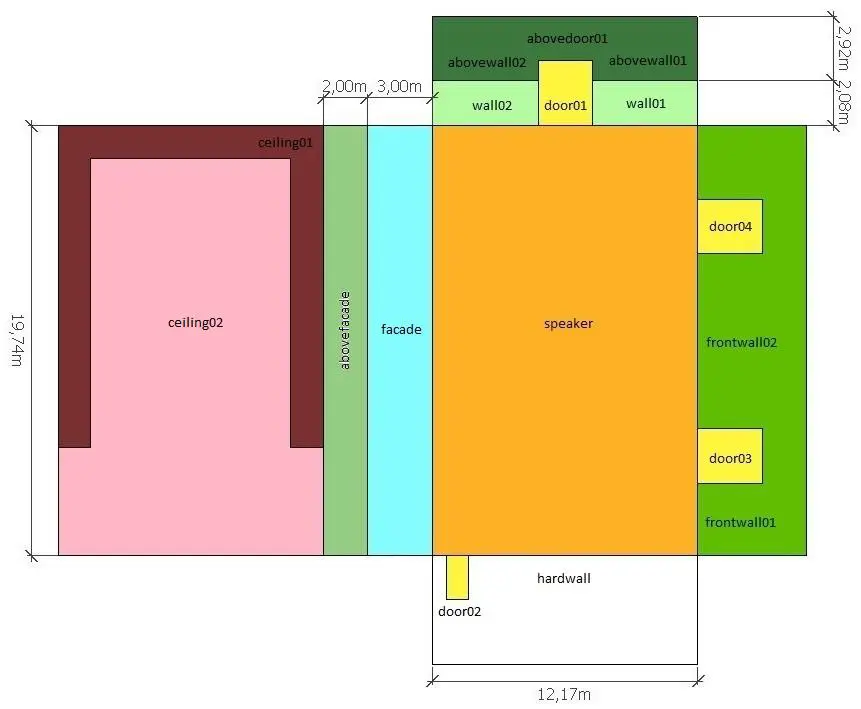
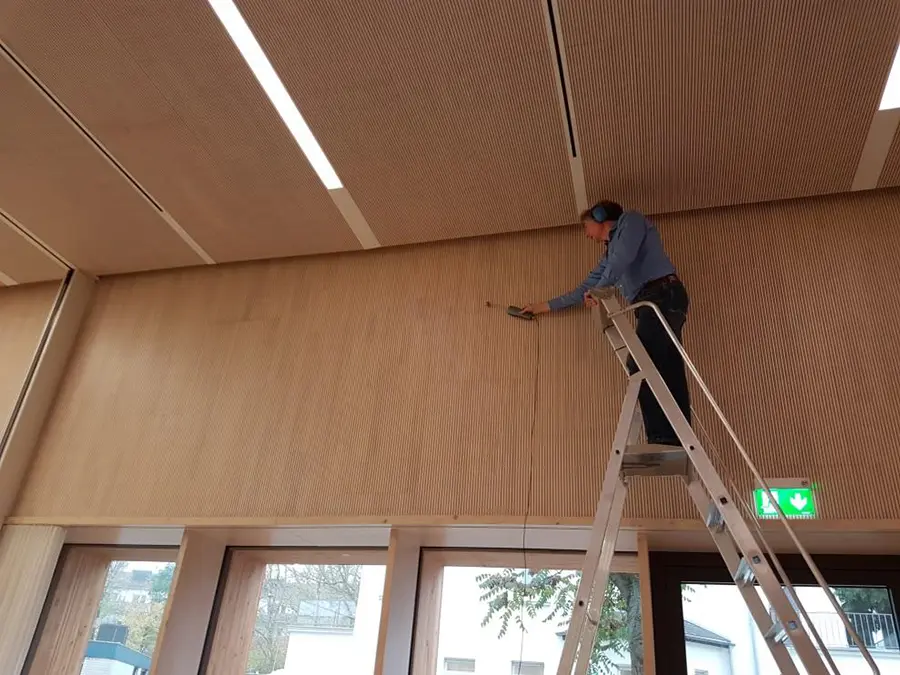
Results
The measured in-situ sound absorption coefficients of the different surfaces are shown in Figure 4. The results are averages of multiple measurements. For example, the result for “abovewall01/abovedoor01/abovewall02” (names are as referenced in Figure 2) is the (energetic) average absorption coeffcient of multiple measurements for the 'abovewall01', 'abovedoor01' and 'abovewall02' surfaces. The individual results of this set are shown in Figure 5 for the other sets, the results are found in the Appendix. Some comparison measurements with reverberant room results are also added in the Appendix.
Figure 4, it is shown that the surface abovewall01, abovedoor01 and abovewall02 and the surface celling01 have, overall, the highest absorption coefficient. The highest absorption values for these surfaces are achieved in the frequency ranger around 2kHz, where the coefficient tops 0.9. The surfaces for wall01, wall02 and the abovefacade, absorb less sound. From 200 Hz the coefficient is around 0.2 for most frequencies and tops 0.75 at 5kHz. The results for ceilling02 look similar, but do absorb less sound for some frequencies. The other surface do not show absorptive properties at all and can be referred to as acoustically hard surfaces. The Sonocat measurements are in line with a visual inspection of the absorbing surfaces. The high absorbing values have been measured of the surfaces having a larger number of absorber strips behind the material. The surfaces with only a few strip behind the material indeed show lower absorption values. Negligible absorption values have been measured for the concrete and facade surfaces, as be expected.
To show the variation in absorption values, the non-averaged measurement results for abovewall01, abovedoor01 and abovewall02 are presented in Figure 5. It is shown that all measurements show comparable results although there is some variation. This variation can be explained by the fact that the sound field is different in front of each surface, as the Sonocat measures the in situ sound absorption coefficient, which may be different from one point to another. One should note the Sonocat results become lass accurate at frequencies below 300 Hz due to the close spacing between the microphones.

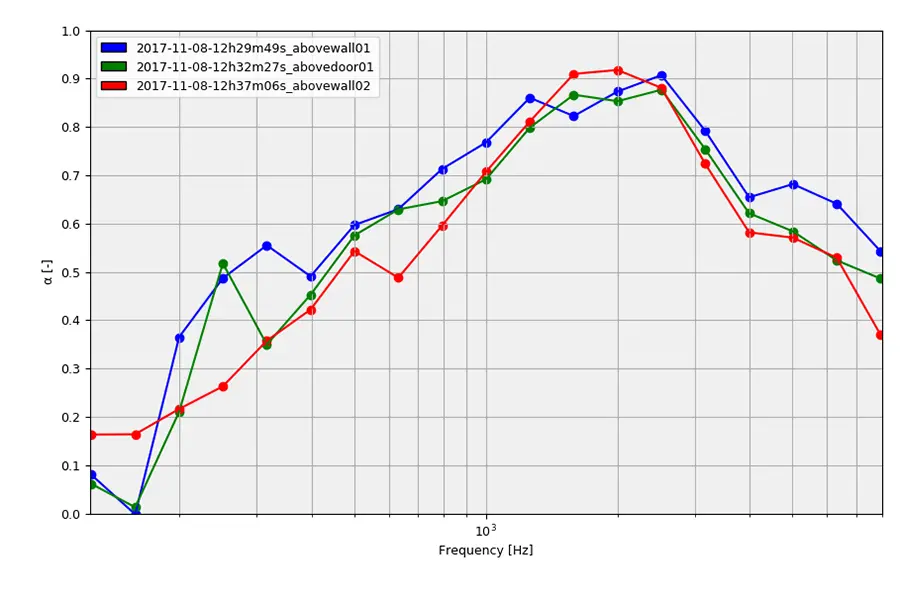
Conclusions
It has been shown clearly that some surfaces om the congregation hall absorb more sound than other surfaces. The sunfaces abovewall01, abovedoor01 and abovewall02 anf the surface ceiling01 absorb most sound in the room. The surfaces absorb no sound at all. The Sonocat can confirm that different acoustic materials have been used at the location: abovewall01, abovedoor01, abovewall02 and ceiling01. Less absorbing materials have been used at location: 'wall01. 'wall01' anf abovefacade. For the remaining surfaces, we can confirm that these are non-absorbing.
Appendix
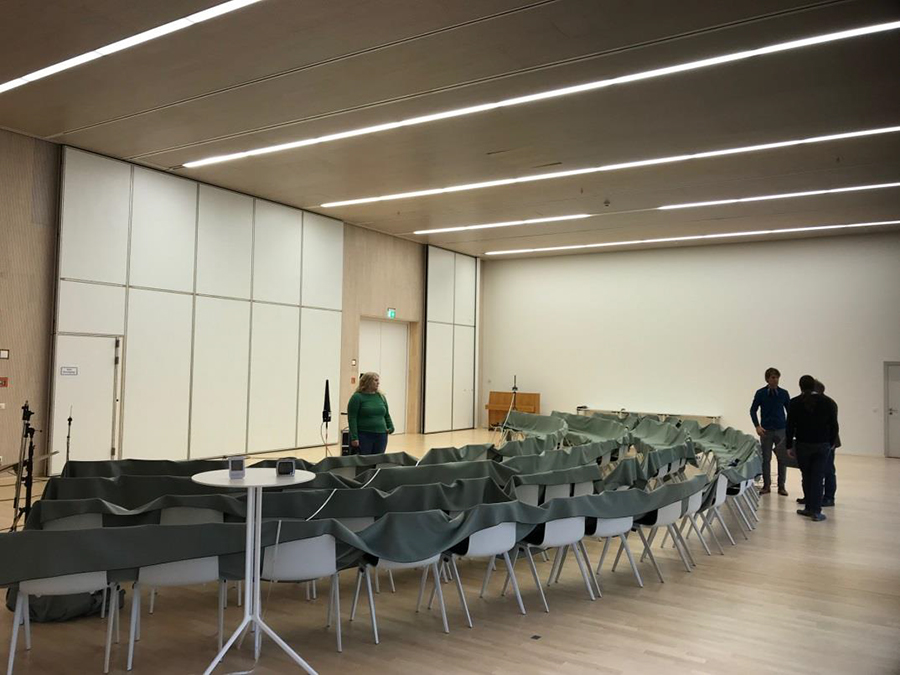 | 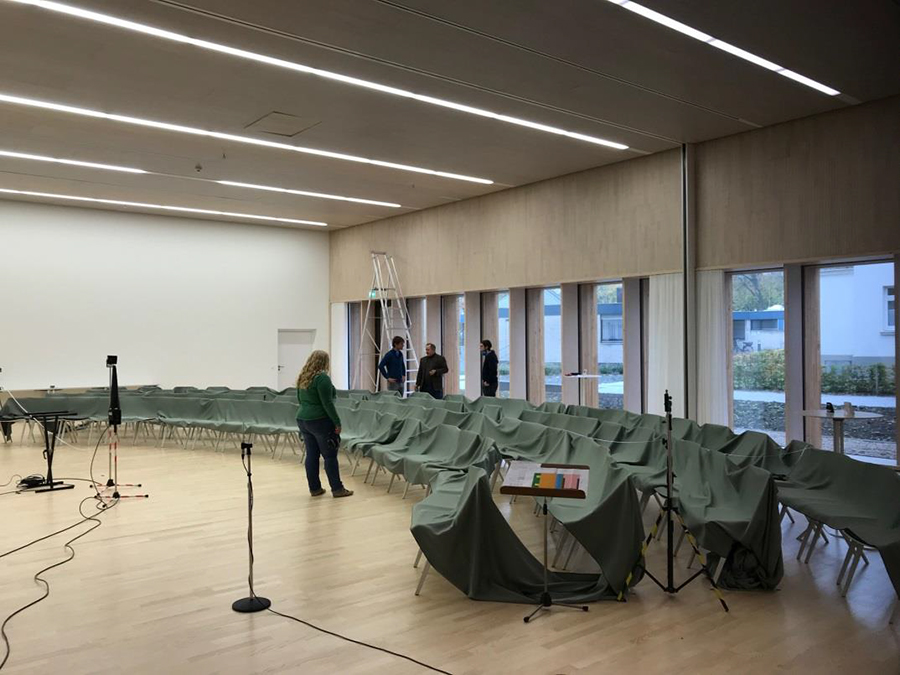 |
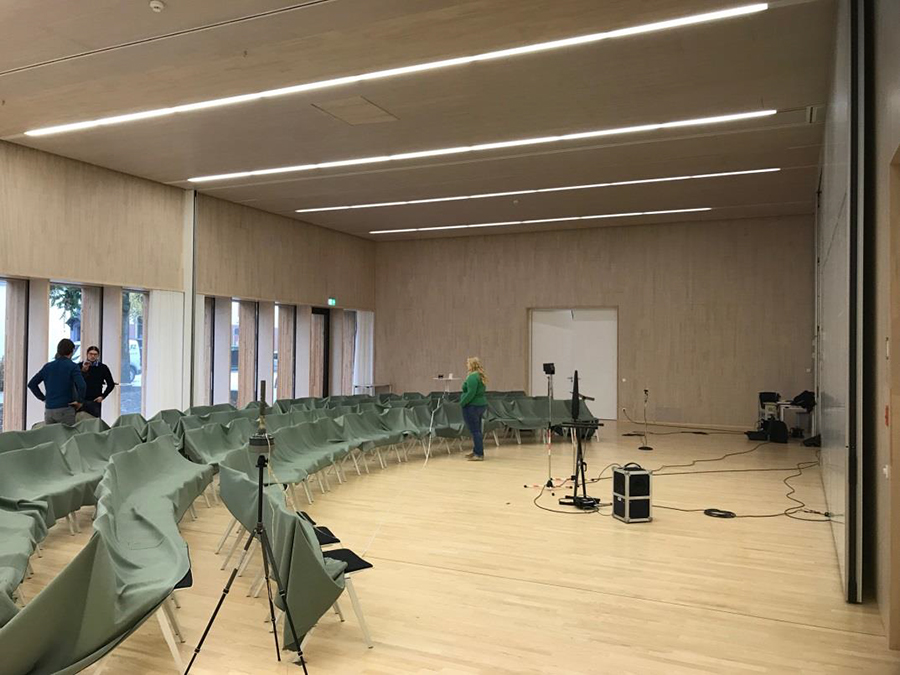 | 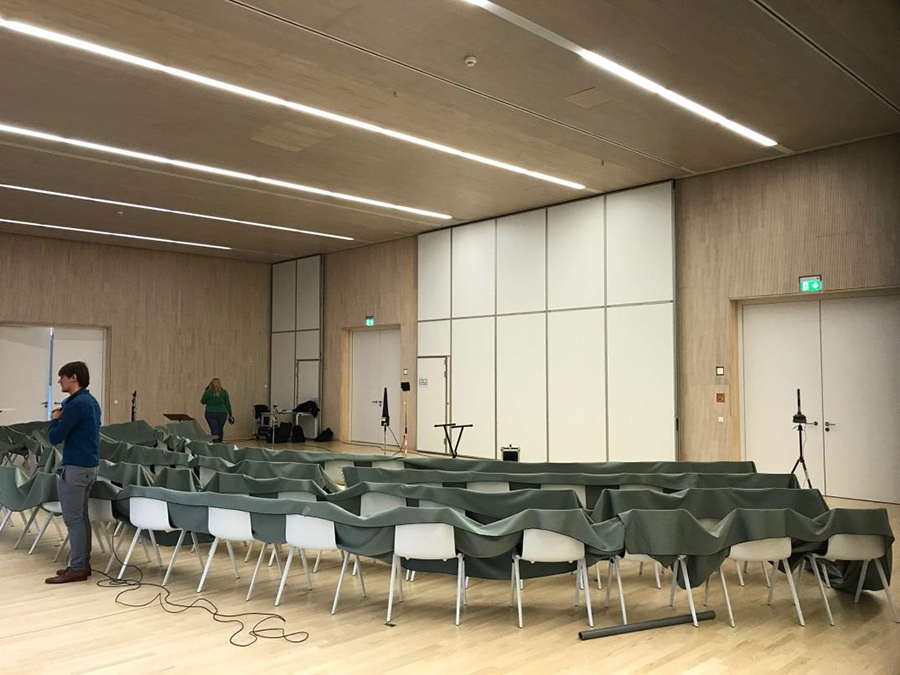 |
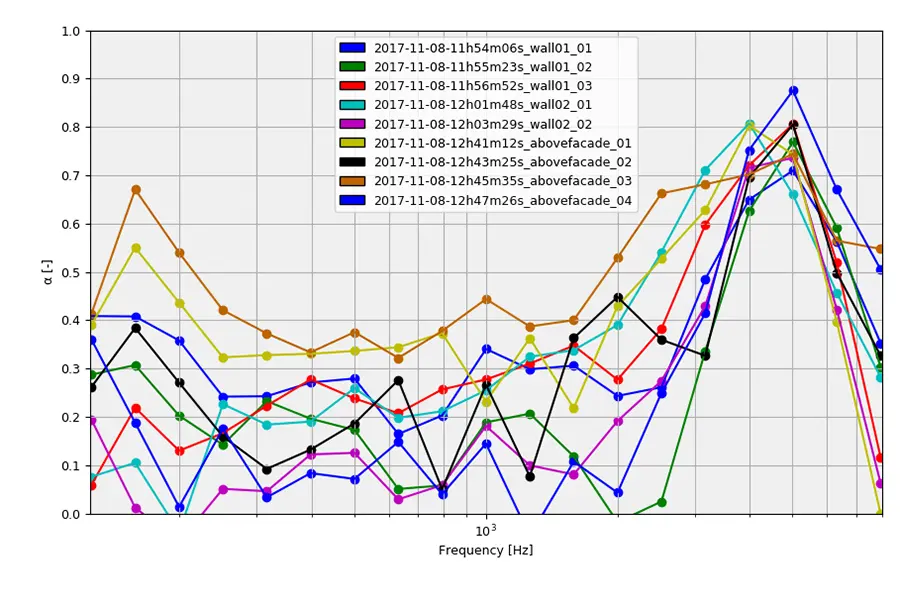

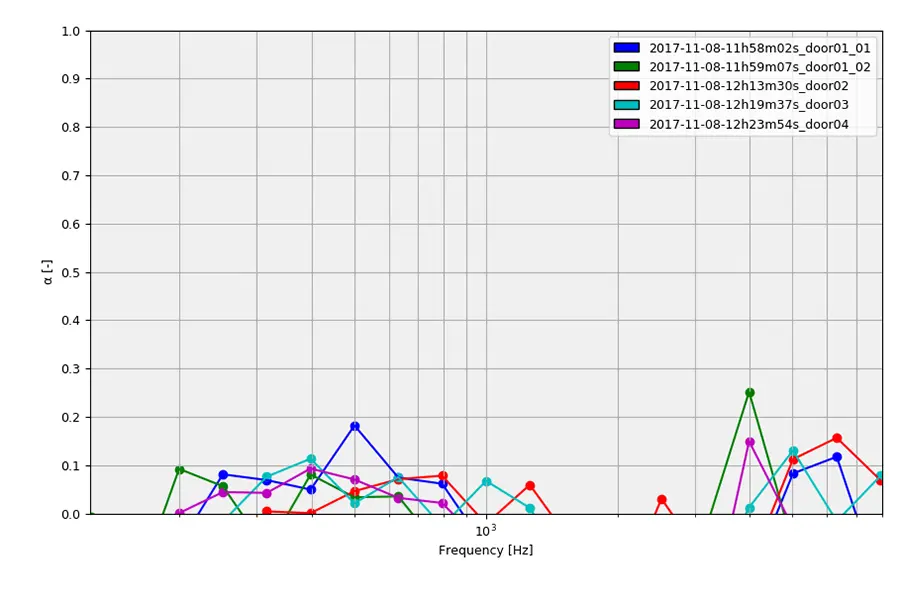
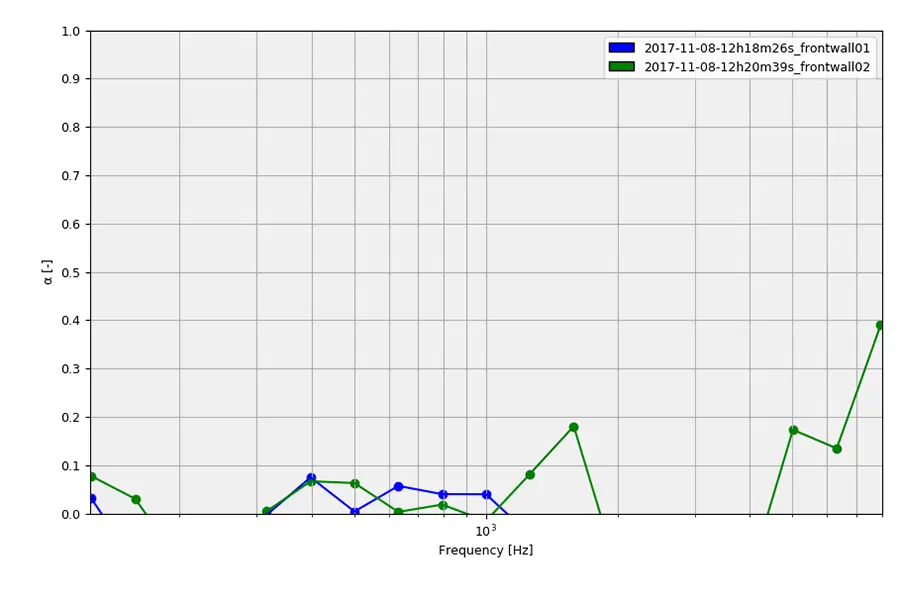
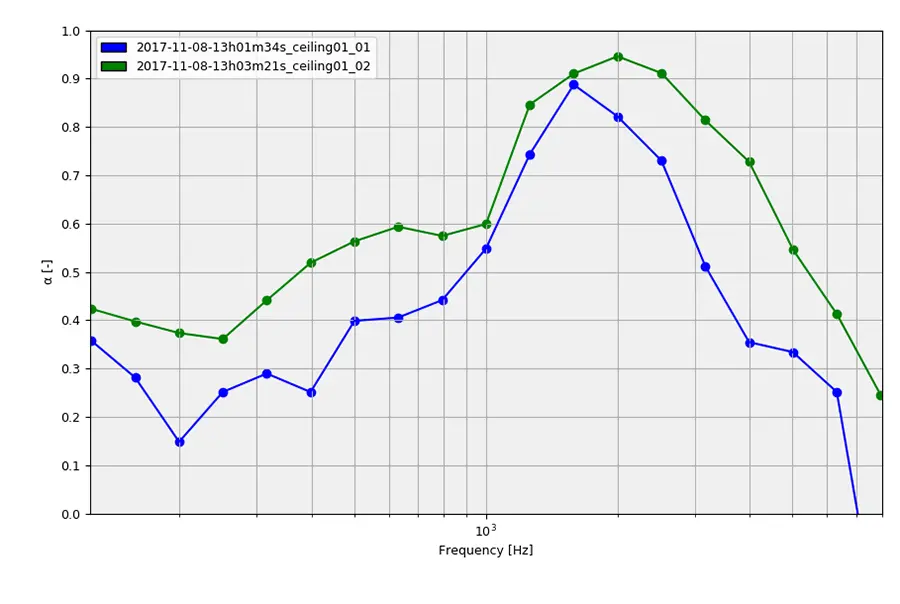
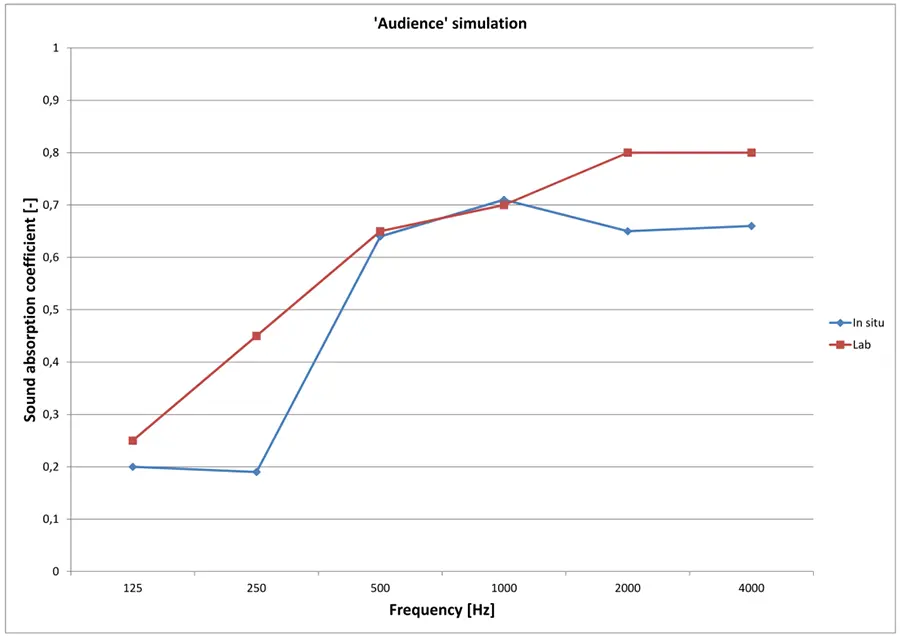
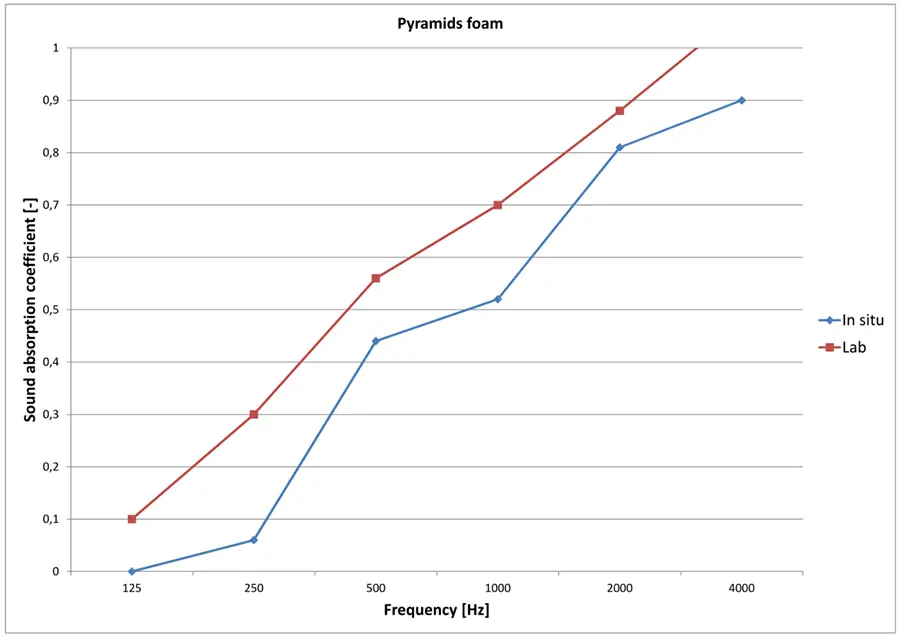
| Có thể bạn quan tâm: Sonocat 3D Sound Intensity insitu sound absorption |
Where to buy noise meter?
In case you need to make more professional noise measurements. Please contact Lidinco immediately, we provide high quality noise measurement equipment with many different price segments suitable for most measurement needs from basic to professional, with a team of consulting engineers to support you. Your support is ready to support with rich experience
Contact information
LIFE DEVELOPMENT INVESTMENT COMPANY LIMITED
Head Office: 487 Cong Hoa Street, Ward 15, Tan Binh District, HCM City, Vietnam
Phone: 028 3977 8269 / 028 3601 6797
Email: sales@lidinco.com
Branch Bắc Ninh: 184 Binh Than Street, Vo Cuong Ward, Bac Ninh City, Vietnam
Phone: 0222 7300 180
Email: bn@lidinco.com
Hotline: 0906.988.447
Related posts

![[Dự án] Phòng thử nghiệm môi trường cho Thử nghiệm xe điện](https://lidinco.com/storage/posts/phong-thu-nghiem-moi-truong-cho-thu-nghiem-xe-dien.jpg)
![[Dự án] Bàn giao máy kéo nén LS1 Plus - Thử nghiệm chất lượng náp chai lọ](https://lidinco.com/storage/posts/ban-giao-may-keo-nen-van-nang-ametek-ls1-plus.jpg)

